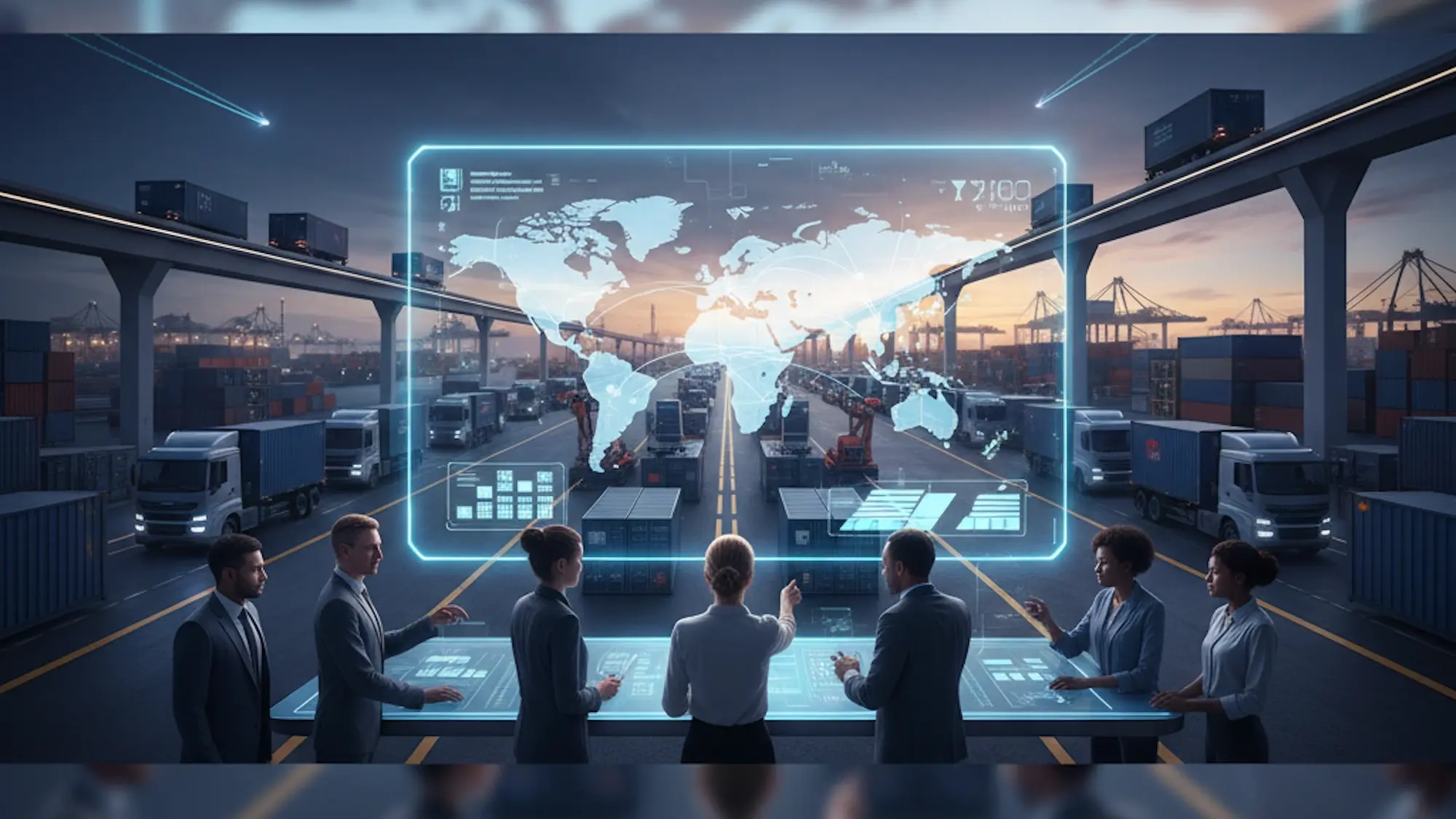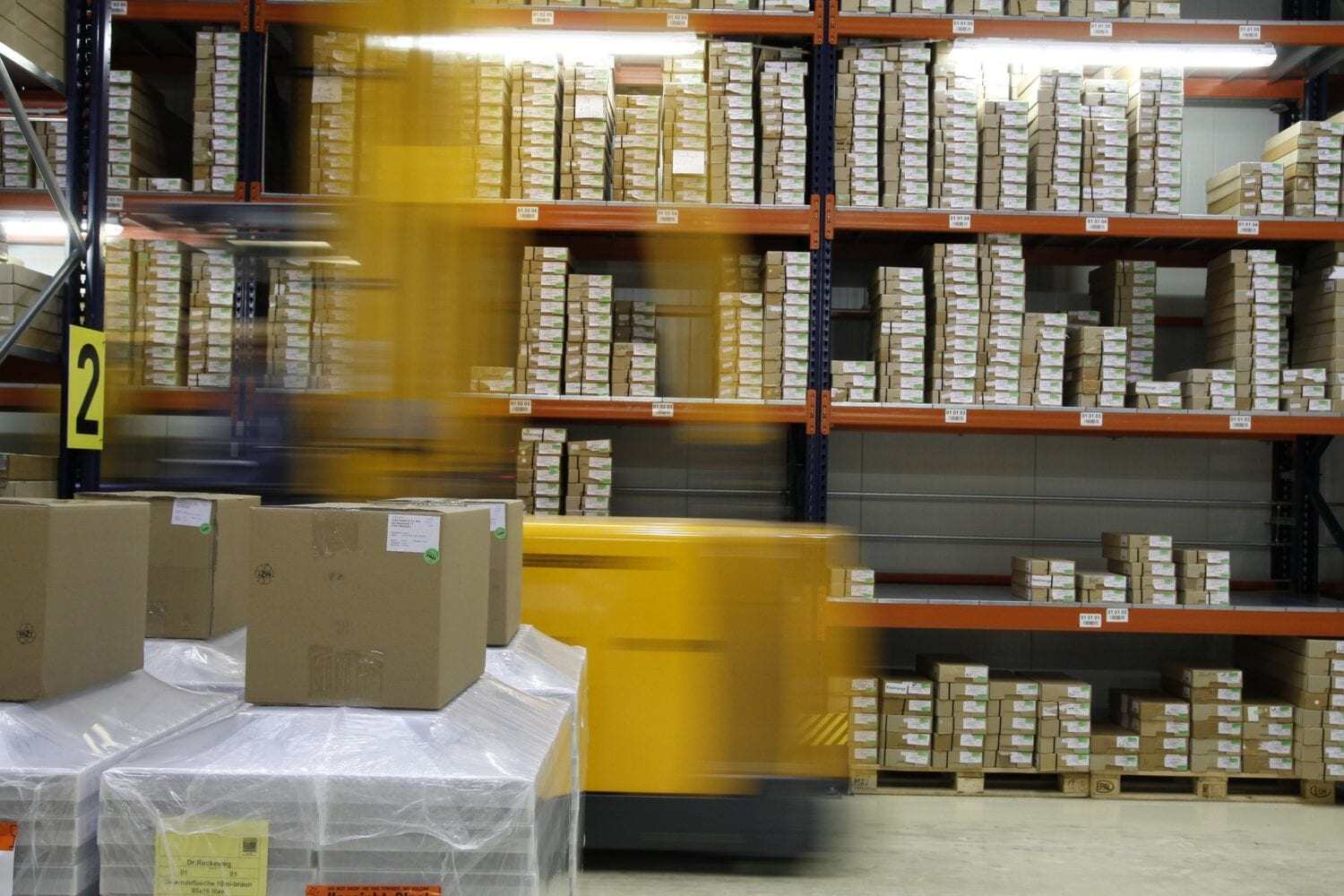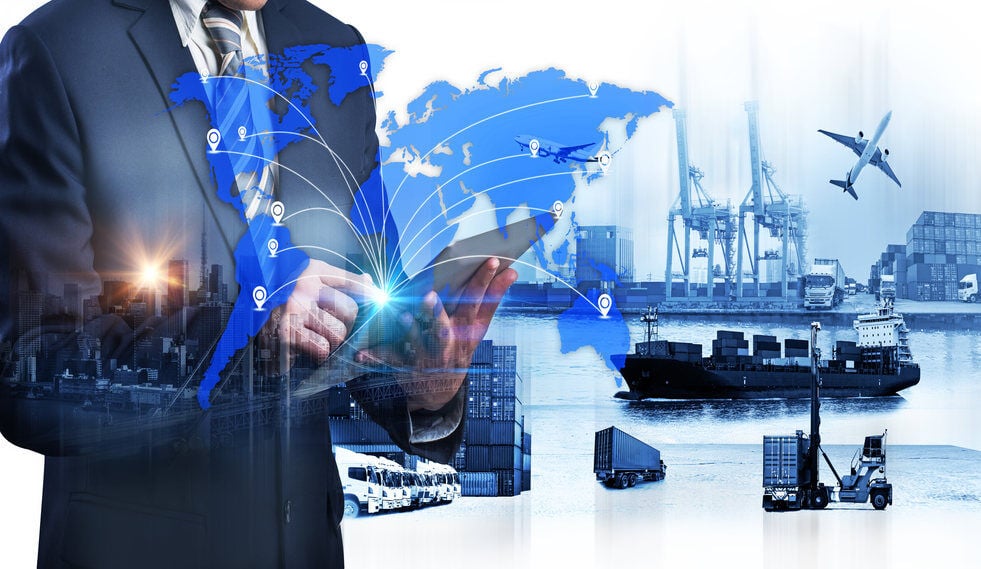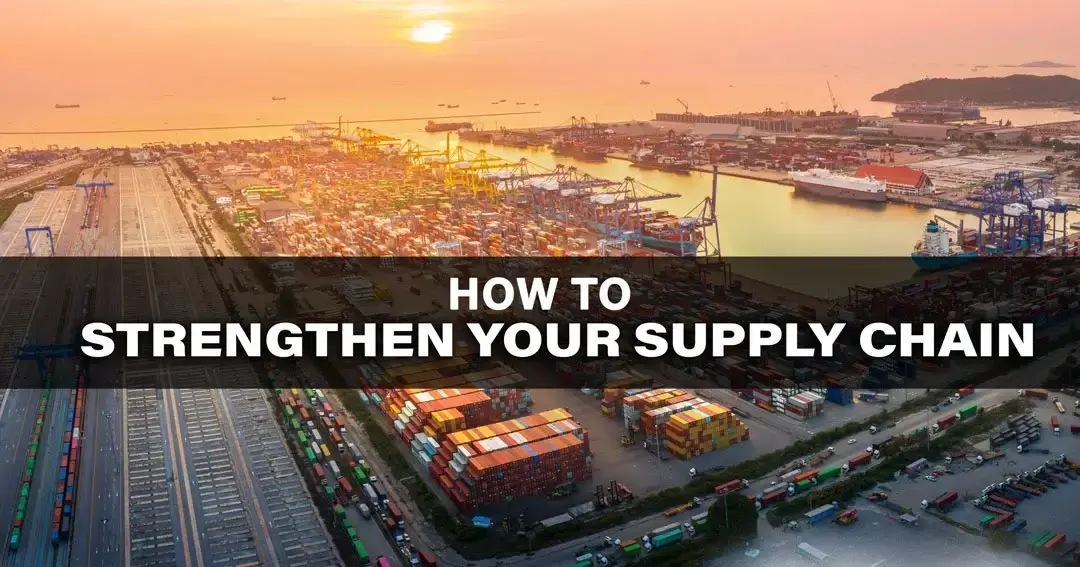
Remember these recent disruptions? A port suddenly closes. A ship blocks a major canal. There's a sudden drop in demand for your products. All of these affect your business. These events show a big weakness in the world's economy. For many years, the shipping industry cared about one thing: being fast.
Speed used to be the top goal. “Just-in-time” shipping made it easier to save money and deliver shipments quickly. But focusing only on speed makes your process fragile. It means you're sacrificing extra steps and backup plans to get the job done and move on to the next one.
Today, you need more. Moving goods fast still matters, but you must be ready for surprises. Modern freight forwarders go beyond booking space. They serve as true partners, using up-to-date tools and live data to help you build supply chains ready for the future.
A New Focus: Building Stronger, Safer Supply Chains
What is supply chain resilience? It's more than a backup plan. It's how well a supply chain can prepare for, handle, and adjust to big problems. It also means keeping things running smoothly. It's about surviving a crisis, gaining experience, and changing for the better. It's about learning how to do well when things get tough.
This change wasn't sudden, but was very much needed. It directly responded to global events like the COVID-19 pandemic, political tensions, and more frequent climate challenges, which showed that a new system was needed. This wasn't just a supplier here, or a carrier service over there. This was the entire industry grinding to a slow and sudden stop.
Data from Gartner and McKinsey reveal that most companies—over 90% in some studies—had major supply chain problems in 2020 and 2021.
This led to significant financial losses and unhappy customers. These issues forced companies to rethink how they manage their supply chains completely.
As a result of the pandemic, a 2024 Gartner survey found that 73% of companies have changed their supply chains to be tougher and more flexible.
Many companies are moving away from always choosing the cheapest or the fastest shipping routes. Focusing only on low cost and fast delivery has become too risky. Now, companies and carriers want strong supply chains that can handle stress and change. Getting ready for the future is not just a good idea. It is the key to doing well and staying strong in freight forwarding.
This changes how we think. The aim is to build the most flexible supply chain to handle anything.
How Freight Forwarders Help You Build a Strong Supply Chain
A freight forwarder is key to changing how goods move. Their role is now a meaningful partnership, not just a simple trade. They are the central point for information, new tools, and a vast global network.
Using Better Tracking Tools
One strong tool for today's freight forwarder is technology. Specifically, tech tools that track your shipment throughout the journey. The days of lost shipments are gone. Now, tools often use the Internet of Things (IoT). These tools have sensors and GPS to constantly track where a shipment is, its temperature, and its current condition. This clear view helps spot problems as they happen.
Visibility is the first step to building a robust supply chain. You can't fix what you can't see. These new tools give a clear look at your whole supply chain, allowing you to act early instead of fixing problems later.
The Power of Data and Predicting Future Issues
Beyond just seeing where a shipment is, modern freight forwarders use data to anticipate problems. They can look at past trends and live information using data and intelligent guesses, helping them see possible issues before they occur. For example, they can look at the weather to guess if a storm will close a port. Then, they can plan a different route to send the shipment.
It can also be as simple as keeping an eye on the shipping world. For example, a reliable partner can send shipments away from likely trouble spots by watching news about labor strikes or global events. A reliable partner always thinks a few steps ahead to make sure that when they tell you they can deliver, they'll find a way to do it.
This shift from fixing problems later to handling supply chain risks early is vital for a quick shipping plan. As a past article said, the future of freight forwarding is shaped by five main trends. Data analysis is at the top.
Building a Wide and Flexible Network
Another key job for a modern forwarder is building and using a wide and flexible network. Trusting only one carrier or one shipping path is a big risk. A skilled freight forwarder has built strong ties with many carriers, customs helpers, and local delivery teams worldwide. Having many carriers is a key part of a strong supply chain. If one path or partner has issues, another choice is always ready.
A Case Study in Agility: A Shipment's Journey Through Disruption
Imagine this: Global Gadgets has a vital shipment of microchips from a Taiwan factory. These chips are key to their new product launch, and the deadline is approaching. Halfway there, a sudden port strike in Los Angeles stops everything.
This would have been a massive problem in the past: a ship stuck, missed deadlines, and severe money losses.
But Global Gadgets works with a modern freight forwarder, so things are different. The forwarder's supply chain technology immediately flags the strike. Using their tools and expertise, they can check other ports, find open carrier spaces, and explore different delivery options.
They quickly found that San Diego was the best choice, with trucks ready to move the goods. The forwarder tells Global Gadgets, changes the ship's path, and handles the new route. The microchips arrive with only a small delay. Production stays on track, and the product launch is a hit.
This is not luck. It comes from strong planning, real-time tracking, and trusted partners. Every step in the process plays a vital role.
Resilience as the New Normal
Just-in-time shipping is not enough. Today, your shipping must be fast and flexible. You need a plan for when things go wrong. The best companies expect surprises and stay ready.
This is where modern freight forwarders truly shine. They are the designers of this new way of doing things. They use advanced technology and a deep understanding of global logistics to strengthen your business.
Want to test your supply chain? Our team can help you build a strong network when things change. At Customodal, we use smart tools and real-world experience to keep your shipping on track.
Contact us today to discuss how we can create a supply chain plan to handle anything for your business.




